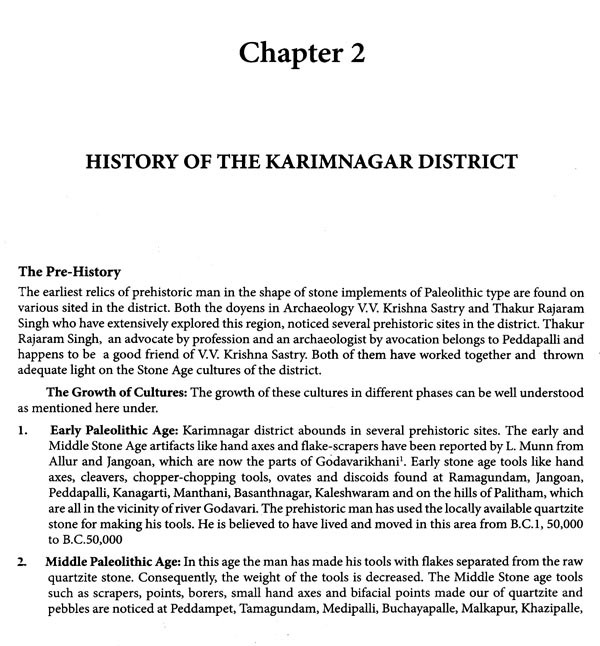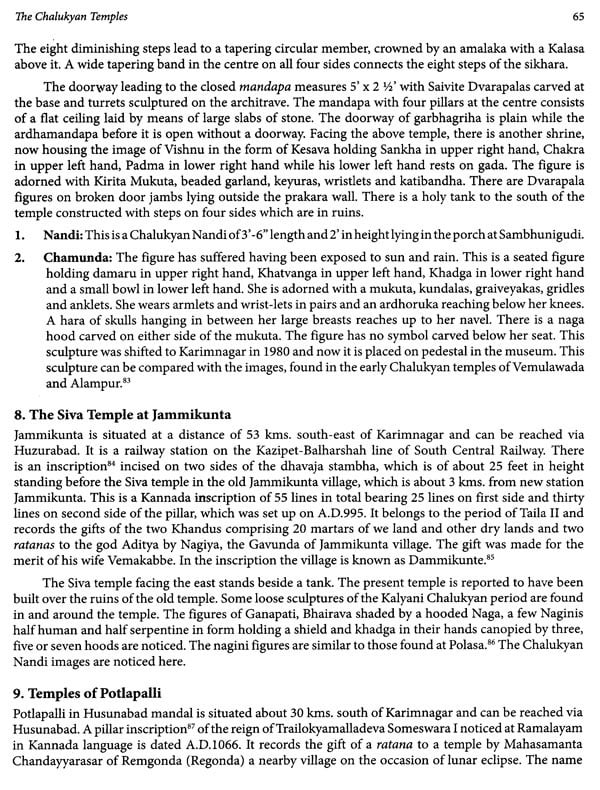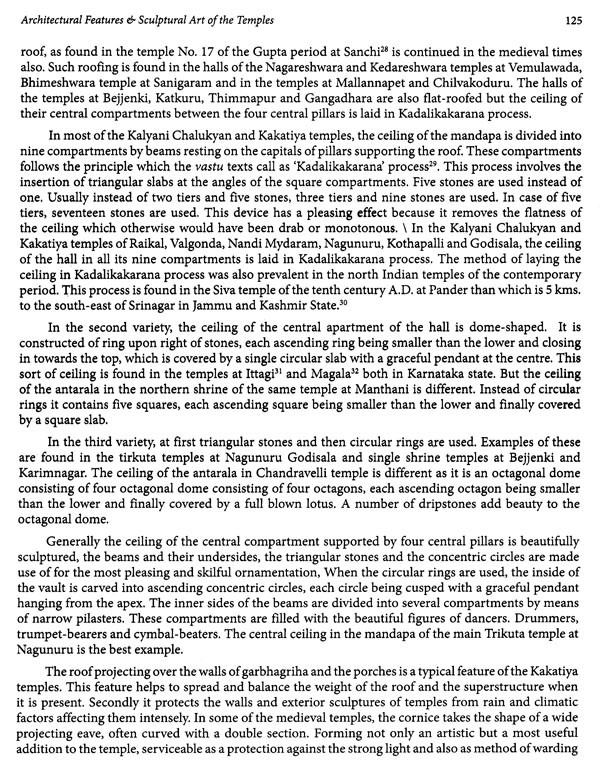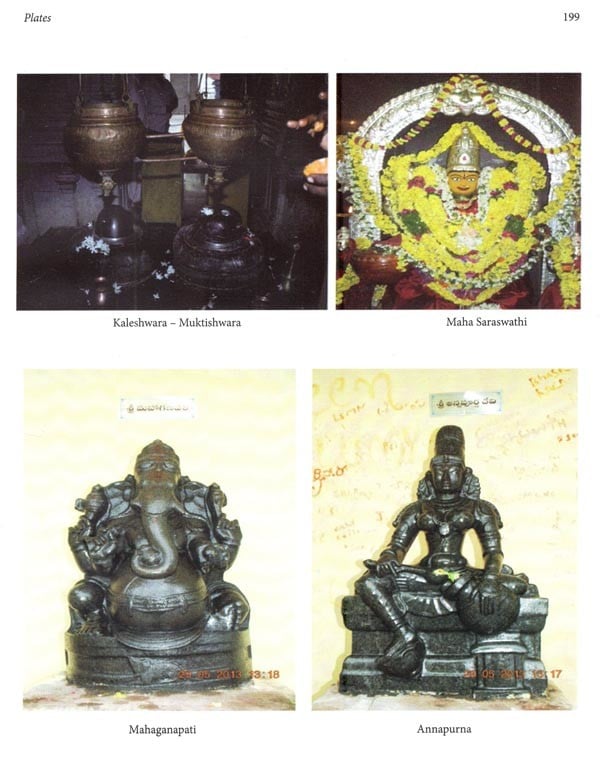About the Book The present work incorporates a full length and comprehensive study on the socio-economic and religious role of the Chalukyan and the Kakatiyan temples of erstwhile. Karimnagar district in Telangana including their art, architecture, structural and sculptural aspects. the area under study, which is of great architectural value and historical significance, is studded with beautiful and magnificent temples rich in variety and splendour. The architecture of Karimnagar district is unique in style and vigour and evolved in each successive phases. The important sculptural panels, which form inseparable part of various existing temples, have been discussed to make the study more comprehensive. At the same time the parallels and comparisons have been drawn from other early art centers of the country so as to present a coherent understanding of the full development of the sculpture in this district. So far no authentic work has been done on thisce there is a need for the pre he SC Thus an attempt is made the attention of the d to the predominant rol the temples.
About the Author Dr. Raju Balgoori completed his Bachelor degree from Kakatiya University in 2007, later M.A. History in 2010 from Kakatiya University and got first division. He did his M.Phil degree in History on topic entitled "History and Culture of Vemulawada (From 6th to 16th Century A.D.)", from Potti Sreeramulu Telugu University, Srisailam Campus in 2012. he also obtained Ph.D. degree in History entitled "History, Art and Architecture of the Temples of Karimnagar District", from Kakatiya University, Warangal in 2014. He is associated with Indian History Congress, South Indian History Congress, Deccan History Society, Andhra Pradesh History Congress and Telangana History Congress. Further he attended several National and International seminars and published 20 articles in different National and International Journals and Proceedings. He is currently working ns Assistant Professor (Parttime) in Department of History, University Arts and Science College, Kakatiya University, Warangal, Telangana.
207
Introduction There is a growing interest in the study of the ancient history of Andhradesa based on the authority of trust worthy accounts or evidences as well as the results of the latest research is keenly felt. At the same ume micro-historical studies are gaining importance over dynastic histories. They imply the detailed study of a territorial unit of limited extent, a province or a town or even a village. At the same time political and chronological approach is being replaced by socio-economic and cultural approaches Such studies have great advantages over those carried on traditional lines. Even a province, a town. a village, or a locality would certainly react to events that occur on the wider horizon or a country As the area is limited the study of the reactions of the people to the political currents and cultural developments and their participation in each of them would become easier. The temples and its art and architecture reflex the socio and cultural life of the people.
During the medieval times, the Telangana region of Andhra Pradesh became a part of the non-Andhra imperial system or systems that were built up and controlled from centers outside hra, namely the Rashtrakutas and the Kalyani Chalukyan empires. Both the Rashtrakutas and Andhra, the Kalyani Chalukyas had aggressive powers and constantly fought with their Neighbours, namely the Vengi Chalukyas on the east coast and Cholas of Tanjore in far South. As a result. Andhradesa. more particularly Telangana became the scene of several conflicts. The imperial powers on the West. namely the Rashtrakutas and Kalyani Chalukyas found it necessary to set up subordinate buffer state rviceroyalties in the Telangana region. As a result several provinces, town ships and localities sprang as the seats of political authority. They soon developed into centers of religious and cultural activity hese developments stimulated the economy of the region. Tanks were dug to promote agriculture d people were attracted from other parts to settle down in the region. Trade was encouraged temples re built for people of different faiths and they were richly endowed.
**Contents and Sample Pages**
























